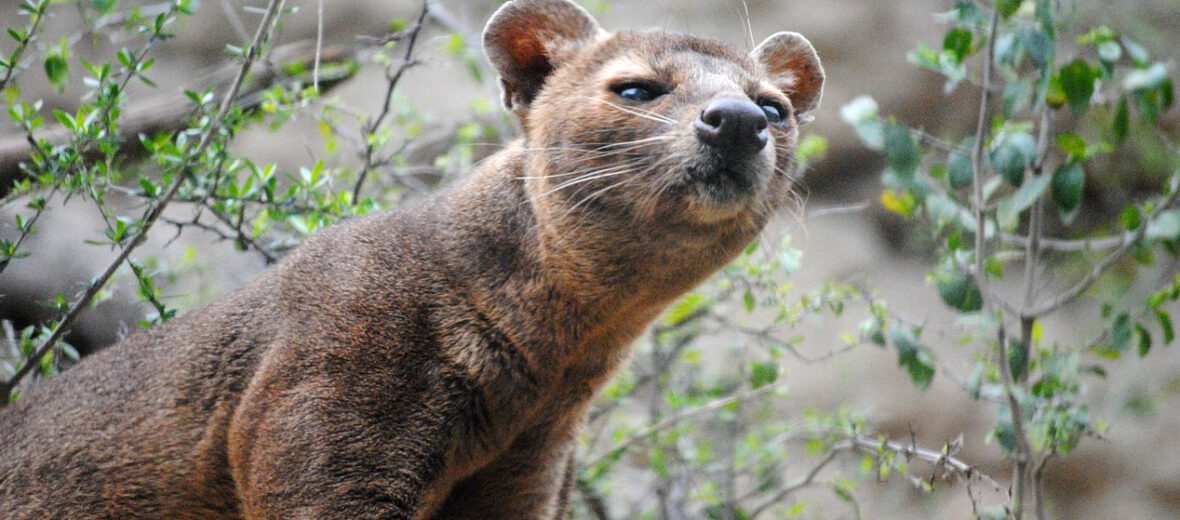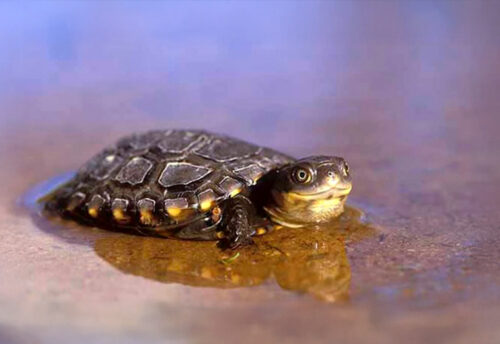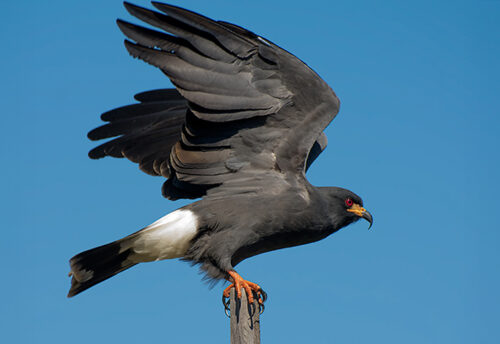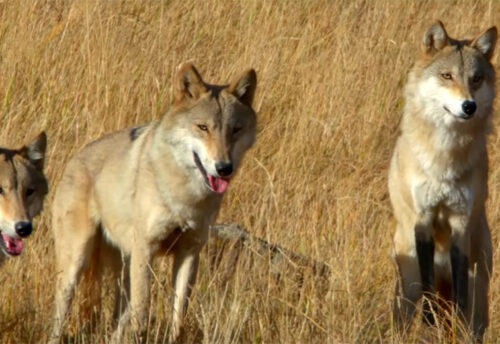
It’s a cat, a dog, a mongoose…. what is that critter? It’s a fossa. Even it’s name isn’t pronounced how you’d think. It’s pronounced foo-sah. These interesting predators hail from Madagascar and are most closely related to civets. They stick to hunting in the rainforest region of this amazing island country. The fossa is the largest predator on the island and does not have any known predators. Due to the excessive deforestation, that has been ongoing for decades, approximately 90% of its territory has been destroyed. Now there are less than 2,500 left in the wild. As a result, they are listed as Vulnerable by the IUCN.
First the Stats…
Scientific name: Cryptoprocta ferox
Weight: Up to 21 lbs.
Length: Up to 3 feet, plus a 3 foot tail
Lifespan: Up to 20 years
Now on to the Facts!
1.) They are cathemeral as they hunt during both day and night.
2.) The ankles on their hind feet can turn nearly 180°. This affords them the ability to scale trees and even crawl on the underside of branches! This cool feature also lets them scale head first down trees.
3.) Their genus name, “Cryptoprocta” means hidden anus. They have an anal pouch that partially covers their anus. Their species name, “ferox” relates to their ferocity.
4.) Fossas prey primarily on lemurs; of which there are over 30 known species on Madagascar. They will also prey on reptiles, birds, rodents, and fish.
5.) Even though they can communicate via purrs, yelps, and chirps, their primary method is via scent. Fossas use the scent glands located on their chest and the base of their tail to mark their territory. This helps let other fossas know this territory is taken or as an advertisement of their intent to mate.
But wait, there’s more on the fossa!
6.) If threatened, the fossa will release a foul odor from its scent glands.
7.) The fossa’s claws are semi-retractable and very sharp.
Did you know…?
Female fossas go through an unusual developmental period during their youth called transient masculinization. Only fossas do this. She develops an enlarged, spiky clitoris that looks like the male’s spiky penis, and she releases a substance on the underside of her stomach which is typically only seen in mature males. Adult females lose this feature.
8.) Fossas walk flatfooted on the soles of their feet, similar to how a bear does. This form of movement is known as plantigrade.
9.) Mating typically takes place from October – December on horizontal tree limbs and can last for hours.
10.) Females give birth to 1 – 6 altricial (helpless, blind, and toothless) pups. These pups will stay with mom for up to 1 – 2 years learning to hunt efficiently.
Now a Short Fossa Video!
Also, check out the Critter Science YouTube channel. Videos added frequently!
Want to suggest a critter for me to write about? Let me know here.



